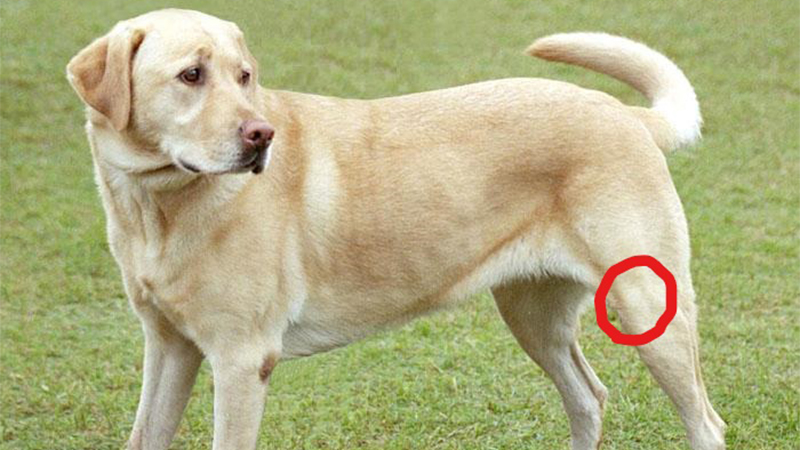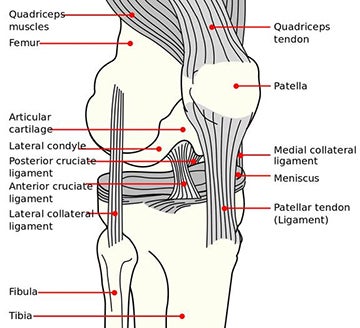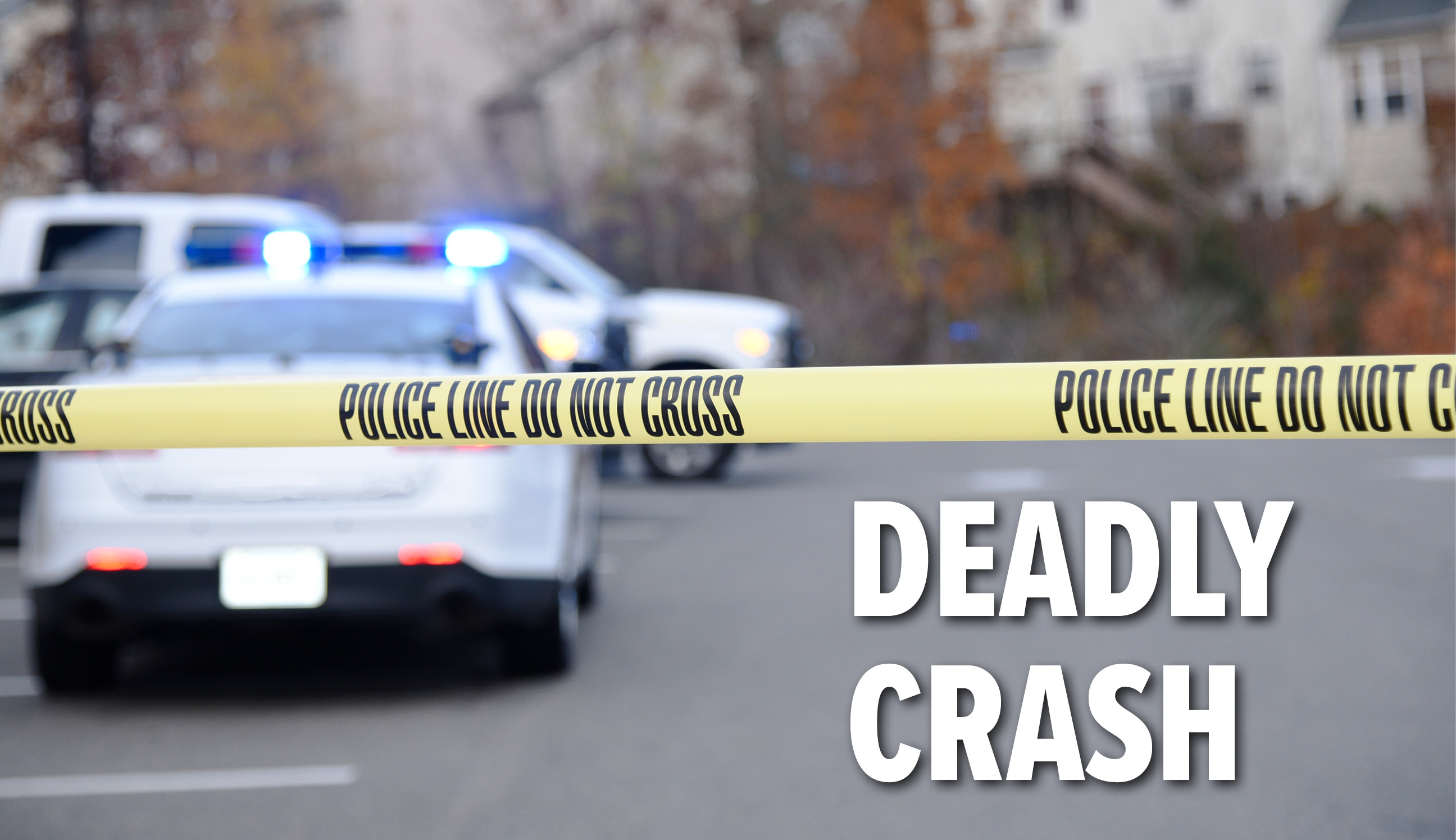Fully Vetted: Cruciate Ligament (ACL) Injury: A canine sports injury
Published 3:14 pm Tuesday, October 3, 2017

- The knee, or “stifle” joint, is circled.
One of the most common sports injuries in people is an ACL injury, or injury to the Anterior Cruciate Ligament of the knee. Our canine friends often suffer from the same type of injury, with cruciate ligament injuries being the most common knee injury in the dog.
The knee, or “stifle” as it is often called in dogs, is a complex joint. The stifle is located where the bottom of the femur (thighbone) and the top of the tibia (shin-bone) meet. Thick cartilage pads called menisci provide shock absorption in the joint. Multiple ligaments provide stability to the joint.
The anterior (“cranial” in veterinary terminology) and posterior (“caudal”) cruciate ligaments connect the bottom of the femur to the top of the tibia, forming an “X” within the joint. The anterior cruciate ligament (the one that is commonly injured) keeps the tibia from sliding forward, out from under the femur.
Cruciate ligament injuries typically occur as acute-onset, sudden injuries that take place during a dog’s usual course of activity. Owners often report a sudden hind limb lameness that does not improve over several hours to a day. Injured dogs will usually not put any weight on the affected leg, and the knee is usually painful to the touch.
An abnormal movement of the knee, called a “cranial drawer sign,” is diagnostic for an ACL tear. Your veterinarian will test for drawer sign by holding the femur still and attempting to move the tibia forward. Abnormal forward movement of the tibia (a positive cranial drawer sign), indicates that an ACL tear is present. Many dogs, especially nervous, large breed dogs, must be sedated in order to relax the leg muscles enough to accurately perform this test.
X-rays will also be taken to determine whether any bony fragments have come loose secondary to the injury, as well as to evaluate for additional abnormalities such as arthritis.
Surgical repair is the treatment of choice for cruciate ligament injuries in dogs. Several different methods of repair are available, and your veterinarian will discuss the pros and cons of each. Regardless of the method chosen, the end result of surgical repair is stabilization of the joint, which prevents further tissue damage and pain.
Without surgical repair, arthritis will form quickly in a joint affected by a cruciate ligament injury. Arthritis forms due to excess bone being laid down by the body in its own attempt to stabilize the joint. Although the joint will eventually stabilize without surgery, inflammation associated with arthritis will cause long-term pain.
Recovery from surgery often requires several weeks of exercise restriction. Physical therapy and oral joint supplements will likely be recommended to aid in post-op recovery. Full function of the joint is often achieved within three to four months after surgical repair. Since dogs that have had one cruciate ligament injury are likely to experience a similar problem in the opposite leg, your veterinarian will discuss long-term management with you, such as weight management and activity moderation.
Dr. Kelly Sulik owns and operates Animobile Mobile Veterinary Services in Tryon, N.C. She can be reached at animobiledvm@gmail.com.






